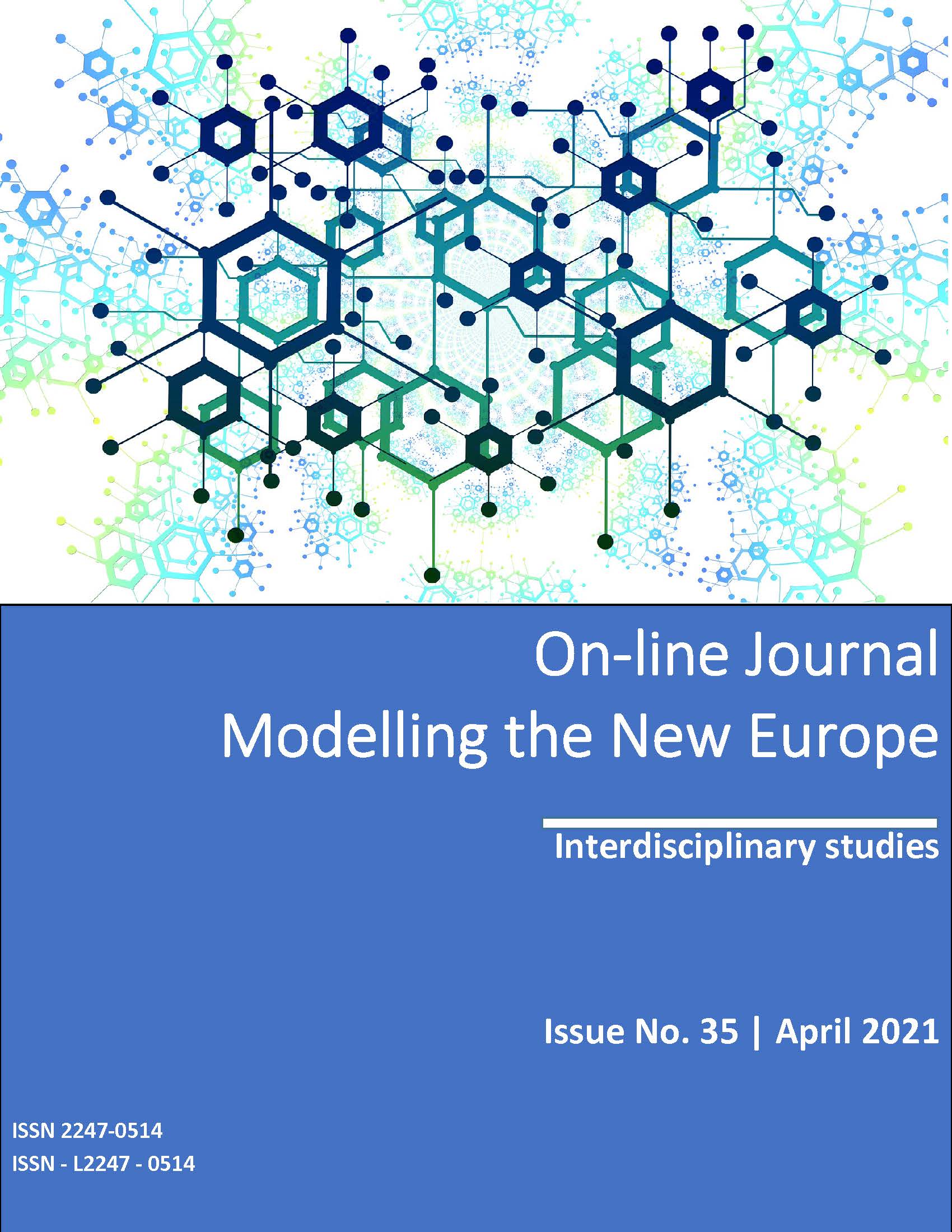SPATIAL PATTERNS OF VOTING IN BUCHAREST AT THE EUROPEAN AND PRESIDENTIAL ELECTIONS OF 2019
SPATIAL PATTERNS OF VOTING IN BUCHAREST AT THE EUROPEAN AND PRESIDENTIAL ELECTIONS OF 2019
Author(s): Giorgian GuțoiuSubject(s): Politics / Political Sciences, Government/Political systems, Electoral systems
Published by: Facultatea de Studii Europene -Universitatea Babeş-Bolyai
Keywords: Romanian European election 2019; presidential election; electoral geography; Bucharest;
Summary/Abstract: The electoral year of 2019 was an important milestone in the recent Romanian democratic past. The European election held in May generated a turnout higher than at the previous three EP elections and higher than recent national parliamentary elections. Following this election that brought a strong defeat for the rulling party, the National Liberal Party left the opposition and formed a new cabinet. At the presidential election held in November, Klaus Iohannis the candidate of the National Liberal Party won a second consecutive term. In the present paper, the results at these elections are spatially analysed in the capital city of Bucharest. The aim of the paper is to examine the spatiality and the spatio-temporal realignments in the electoral behaviors in Bucharest, in order to bring a contribution to the understanding of the two elections, their unfolding in Bucharest, the electoral base of the three main actors of Romanian politics in Bucharest and the study of electoral behaviors in a large urban context. The results found important spatial patterns within Bucharest electoral geography that largely reflect the contrasting socio-spatiality of the city and the position of parties within the political arena. The analysis also revealed spatio-temporal realignments in the electoral geographies at these elections which point to the necessity to account for the political, social and economic geographic context of the election in order to better understand the spatiality of voting behavior in a shifting electoral geographic landscape.
Journal: Online Journal Modelling the New Europe
- Issue Year: 2021
- Issue No: 35
- Page Range: 92-115
- Page Count: 23
- Language: English

